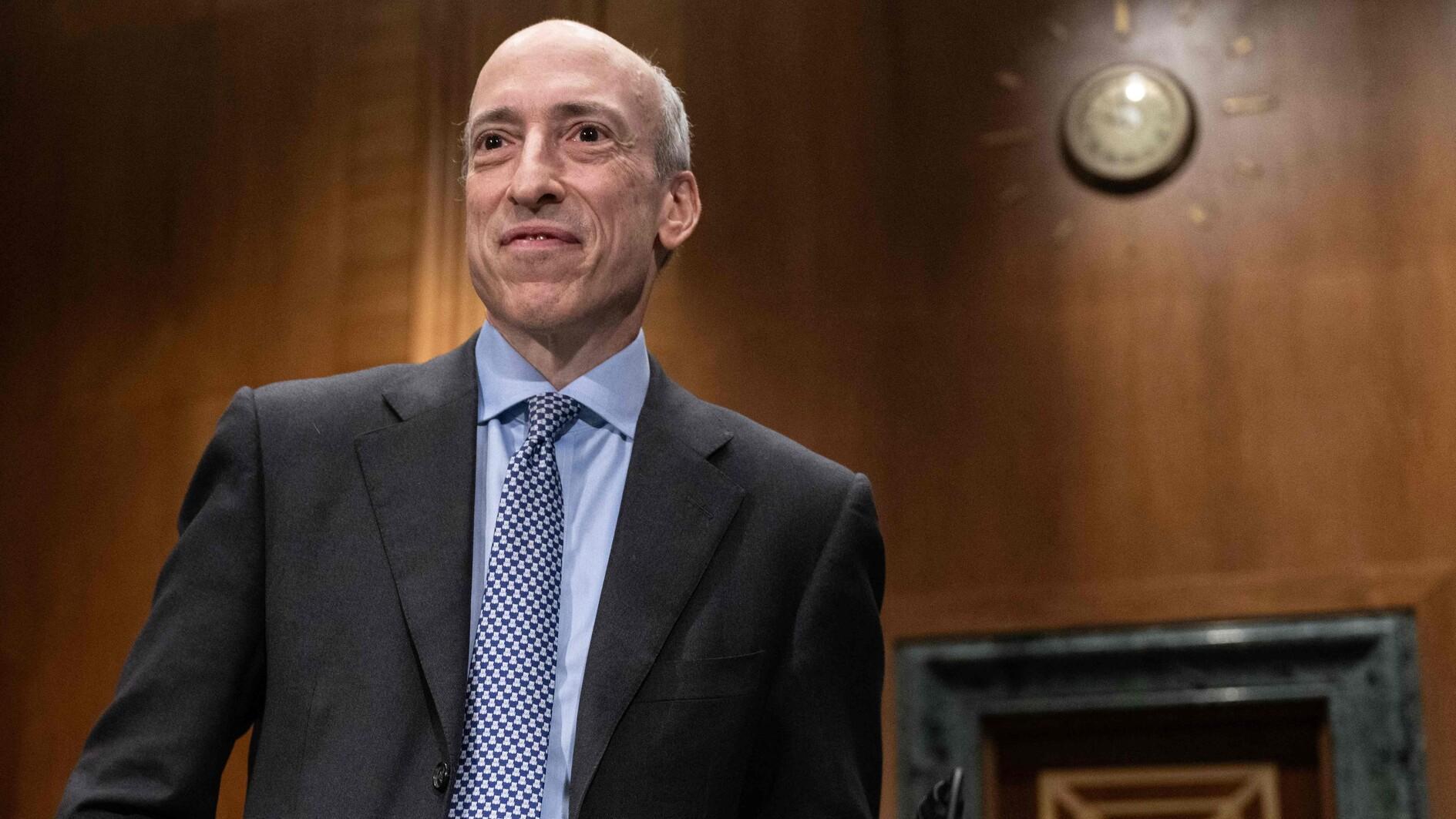Magical touch of Sabancı in Ayvalık
The north Aegean town of Ayvalık, where Turkey’s highest quality olive oil is produced, has a unique status thanks to its historic and cultural heritage as well as its geography.
The fact that Turkish Industry and Business Association (TÜSİAD) President Ümit Boyner and the former owner of Komili Olive Oil, Halis Komili, both hail from Ayvalık - born of families who originally came from the other side of the Aegean during the population exchange of 1923-1924 - has drawn some of Turkey’s rich and famous population to Ayvalık.
If I’m not mistaken, the first Honorary President of Koç Holdings Rahmi Koç bought a house on Cunda Island near Ayvalık. Güler Sabancı, the head of the Executive Board of Sabancı Group, and a member of the Executive Board Sevil Sabancı followed him.
Head of Akbank’s Executive Board Suzan Sabancı Dinçer and Haluk Dinçer are the latest couple to join this circle.
“It was love at first sight,” said Suzan Sabancı Dinçer. She made a more courageous move than the others and bought and restored the Ayışığı (Moonlight) Monastery, which had been deserted for 30 years.
The monastery, with its Greek name “Agios Dimitrios ta Salina,” is one of Ayvalık’s most symbolic buildings.
Located at the north end of Cunda Island’s Pateriça peninsula, the Ayışığı Monastery was built in the 17th century by monks from Mount Athos.
Other monasteries in and around Ayvalık were partially destroyed during clashes in the 19th and 20th centuries. The Ayışığı Monastery, which is located in a remote corner of Cunda, was able to survive intact until 1922.
According to historians, the monastery was an important center for olive and olive oil production and trade. After 1922 the monastery was handed over to the Katrinli family, who relocated to Ayvalık from Thessaloniki during the population exchange.
Sabancı Dinçer bought the historic monastery from the Katrinli family after they became unable to finance its maintenance costs. I personally heard from a Katrinli family member that the fugitive businessman Cem Uzan was also an applicant for the monastery in the past.
I was among a group of journalists invited to the opening of the Ayışığı Monastery by Sabancı Dinçer, who explained the significance of regenerating the monastery.
“My dream is to use the Ayışığı Monastery in Cunda for Turkey’s international promotion. It would be wrong for us to use this historic place exclusively. This approach is in our family culture. My uncle Sakýp Sabancı transformed the Atlı Köşk (Equestrian Villa) in [Istanbul’s] Emirgan [neighborhood] into a museum before he died. With this vision of his, we can do the same for Ayışığı Monastery.”
Sabancı Dinçer’s words directly correspond with the concept of “protect, use and share” which has been applied to the preservation historic buildings in recent times. She dreams of hosting international conferences and concerts at the monastery, and undoubtedly implies this when she says “contributing to the international promotion of Turkey.”
Besides, the Ayışığı Monastery can easily host the concerts of International Music Academy which have been operating for years under the guidance of valued musicologists.
The chapel of the monastery, which was regenerated by the restoration of architect Ersen Gürsel, is highly suitable for concerts.
On the other hand, when the head of the Akbank Executive Board said, “It was also significant to regenerate Ayışığı as a symbol of peace almost 90 years after the population exchange,” she was absolutely right.
Could there be a more meaningful gesture to Greece than restoring the “Agios Dimitrios ta Salina” monastery, which was built by Athos monks in the 17th Century?
According to the head of the Ayvalık Chamber of Commerce Rahmi Gencer - who I had an opportunity to chat for a short while at the opening of the Ayışığı Monastery - this year Ayvalık could obtain an income of 50 million Turkish Liras from olive oil and 20 million liras from green olives.
I don’t think Ayvalık’s gain can be calculated from the income earned from the regeneration of Ayışığı Monastery.











